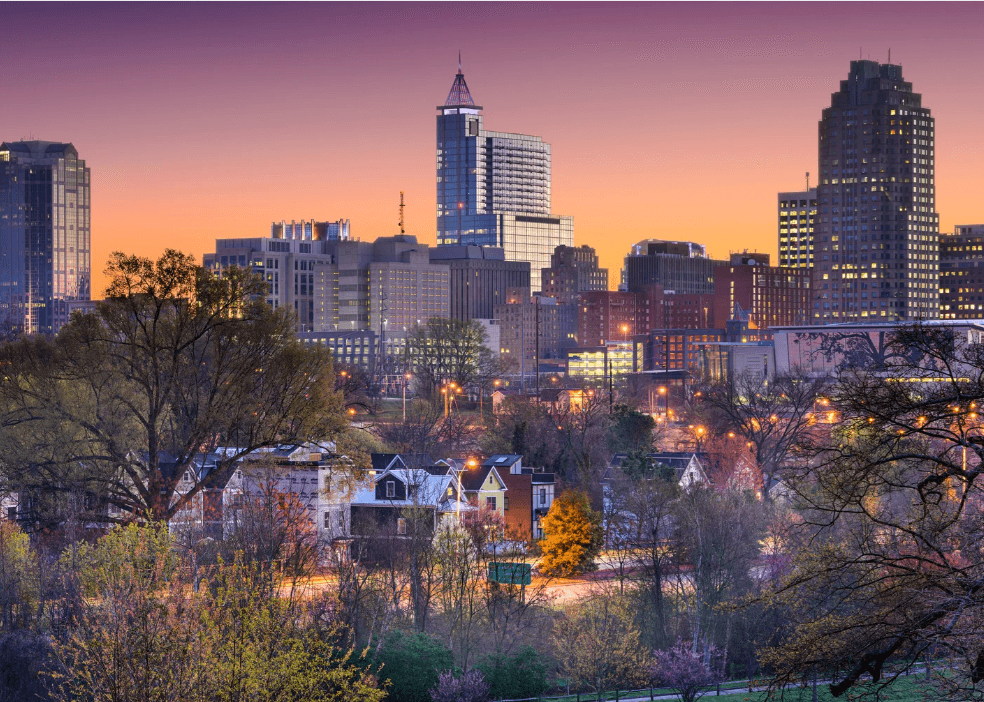If there’s one thing we know about real estate, it’s that the landscape never stops shifting. Of course, investors who are paying attention to the right signals are already ahead of the curve.
With high interest rates, ongoing supply constraints, and regional population shifts, the “usual suspects” for real estate investing aren’t necessarily where the best opportunities lie anymore. The smart money? It’s following the people, the jobs, and the innovation.
Here’s a look at where real estate investors should be looking in 2025—and why these emerging markets are catching fire.
The Rise of “Secondary” and “Tertiary” Cities
The era of mega-metros dominating investment headlines is evolving. High costs in places like San Francisco, New York, and LA are prompting people—and businesses—to rethink their locations.
Instead, smaller markets with lower costs of living, better quality of life, and strong job growth are stepping into the spotlight. According to PwC and the Urban Land Institute’s Emerging Trends in Real Estate® 2024 report, markets like Raleigh-Durham, Nashville, and Salt Lake City are among the top places to watch due to their talent pools, affordability, and livability.¹
These markets aren’t just affordable. They’re thriving innovation hubs with growing economies and real estate sectors that still have room to run.
Migration Patterns Are Still Reshaping Demand
The pandemic may be behind us, but its ripple effects are still playing out. Remote and hybrid work make it possible for professionals to live where they want, not just where their job is. That’s driven major migration toward places like:
- Boise, ID
- Greenville, SC
- Des Moines, IA
- Chattanooga, TN
What do these cities have in common? Lower cost of living, vibrant downtowns, and investment in infrastructure and amenities. Investors are taking note, and so of course are developers, especially in multifamily and build-to-rent sectors.
Suburban Renaissance 2.0
It’s more than just the cities, though: it’s also the suburbs!
Submarkets surrounding metro areas like Charlotte, Dallas, and Tampa are seeing explosive growth, particularly in master-planned communities and mixed-use developments that offer “live-work-play” lifestyles. Think: walkable town centers, co-working hubs, and wellness amenities.
For investors, these emerging suburban nodes offer access to strong markets with less competition and higher yields.
Industrial and Logistics Boomtowns
E-commerce may not be growing at 2020’s breakneck pace anymore, but the demand for industrial space hasn’t slowed. With reshoring and supply chain diversification top-of-mind, logistics hubs in the Midwest and South are booming.
Markets to watch:
- Louisville, KY (UPS Worldport)
- Columbus, OH (strategic for East Coast distribution)
- Savannah, GA (a fast-growing port city)
According to CBRE, industrial vacancy rates remain historically low in these areas, and rental rates are climbing—making them a sweet spot for long-term investors.²
Don’t Sleep on the “Zoom Towns”
Remember the places where remote workers went to chase quality of life during the pandemic? Think Bend, OR, Asheville, NC, and Missoula, MT. They’ve matured past being trendy escapes—they’re turning into robust real estate markets with real staying power.
While volatility exists in short-term rentals, long-term residential and small commercial investments in these “Zoom towns” continue to offer upside, especially with more remote workers putting down permanent roots.
Follow the Fundamentals
The key to identifying emerging markets isn’t chasing hype. It’s following demographics, economics, and demand:
- Are people moving there?
- Are jobs growing?
- Is there infrastructure investment?
- Do the numbers actually pencil?
The markets mentioned above aren’t just getting buzz—they’re backed by data, strong fundamentals, and long-term tailwinds.
If you’re looking to diversify your real estate portfolio in 2025, don’t just look bigger—look smarter.


